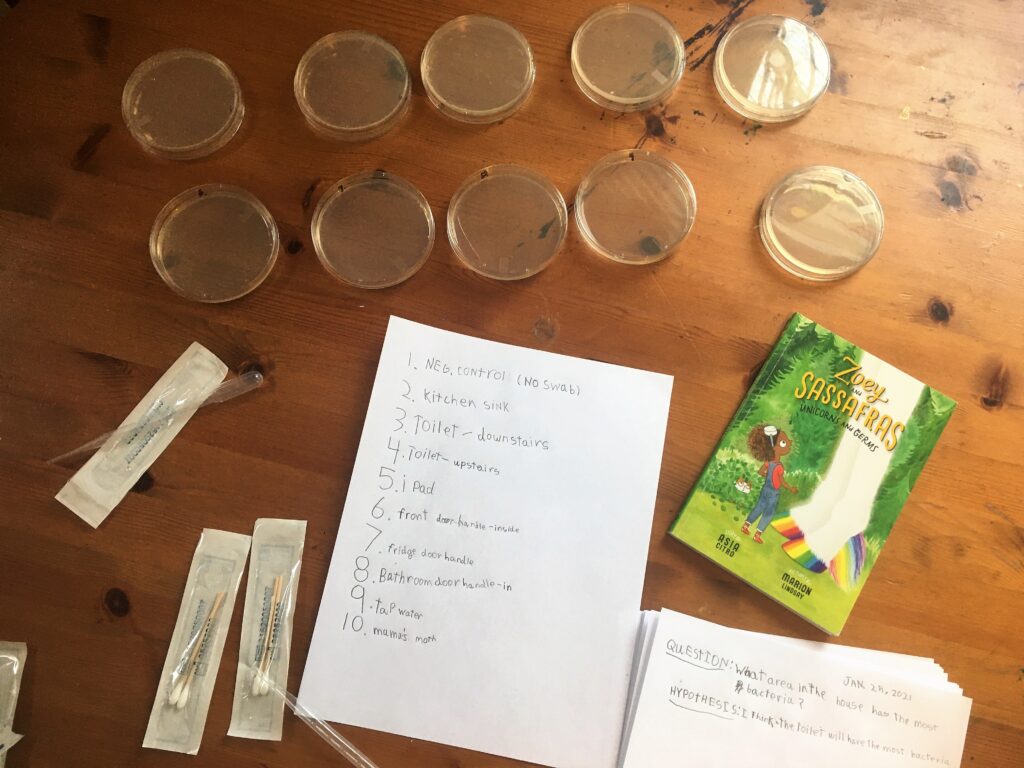I love science. At it’s heart, it is observation and curiousity. It is a quest for understanding and continual learning. It is asking questions, that lead to more questions. It is discovery. It opens up worlds and understandings previously unknown.
Science also teaches you to test your assumptions (and more than just once). It teaches the importance of a “fair experiment” and to consider and control when possible other variables. It helps one to think critically, and to question where statements you might hear come from. In the upper years, it gives you the know-how to read scientific papers, the primary sources, to check the validity of statements. Combined with statistics, it shows one that often things are not as black-and-white as quick media articles might suggest, and that there is often variation and a level of uncertainty. Scientific research can be the force of good that best practices and policy are based on, keeping in mind that scientific knowledge is not static and new studies will continue to build and change our understandings. As well as acknowledging that there are other ways of “knowing” that are just as valuable (e.g. Traditional Ecological Knowledge).
Kids are natural scientists. They are often much more observant, and are unafraid to question the very basics of things: Why is the sky blue? Why is light a rainbow of colours? Why do I have to go to sleep? And on and on;)
We do some “I notice-I wonder-It reminds me of”, and probably my favourites are mini science demonstrations just for fun or sometimes paired with a POE (Predict-Observe-Explain). I also wanted to do a proper experiment and lab report to teach about the scientific method and the importance of only changing one variable at a time and of having a control in a experiment. I gave her some ideas, and she decided to investigate the unseen world of bacteria and to find out what areas in our house had the most bacteria.
I bought this Evviva Sciences Amazing Bacteria Science Kit – prepoured agar plates and swabs and we got great results within 3 days. Keep in mind it needs to refrigerated when it arrives if you are not using it right away, and it needs to be used within 30 days.
Check out below to find out what area in the house had the most bacteria. I am happy to report that the swab of my mouth grew the least amount of bacteria (except for the negative control-no swab).


Here is the full report (click or hover and the page turner is in the grey bar at the bottom):
We paired this activity with All in a Drop. How Antony van Leeuwenhoek Discovered an Invisible World, Tiny Creatures. The World of Microbes, and Zoey and Sassafras Unicorns and Germs. The Zoey and Sassafras series is our favourite part science, part magic novel series that you can read about in the post here.
My daughter really liked this experiment, and wants to do it again⎼next time swabbing probiotic yogurt and naturally-fermented foods that I tell her has good bacteria. She wished that we could have identified the species of bacteria to learn more about them, and was curious as to why there was so few bacteria in my mouth.
I’ll report back with the next cultures! Stay curious, Kate
**Please note, this type of experiment is not suitable for anyone who worries a lot about contamination and germs!
Here are some other related book titles (the first three address aspects of beneficial bacteria). The Magic School Bus and The Building Blocks of Science books are great science books (however, always check the dates because it is ideal to have fairly up-to-date science books as our knowledge evolves):
